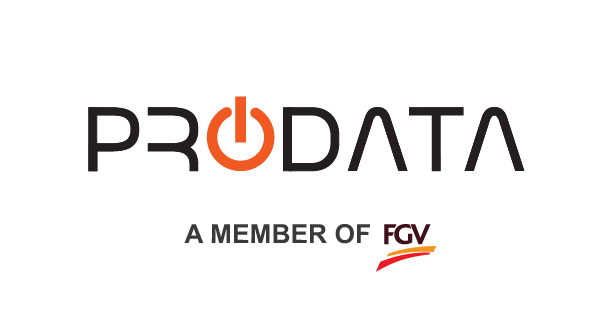Corporations of the world rely on supply chains when fulfilling their business and IT goals each year. Supply chain processes affect both the speed and efficient service delivery of a company. Speed and efficiency factors cost money, so it is very important to strike a balance between being highly efficient and adhering to cost reduction strategies. You can achieve this balance with an effective supply chain management system. With the advent of emerging technologies such as cloud computing, big data and more, the need for a supply chain system is becoming more prominent.
Corporations have an increased reliance on suppliers. Procurement happens in each and every aspect of an organization, from business needs to IT needs. Everything needed in a corporation is tied to suppliers and there will be a long list of suppliers in no time. The need to manage supplier relations, information, contracts and more grows rapidly while the need to follow regulations persists.
Corporations needs a system to establish streamlined supply chain management processes in order to realize the very best value from their spending through supplier analysis of cost, risk and performance. They need a system to realize a 360-degree visibility into their supplier ecosystem.
And the system needs to be able accomplish these:
• Managing contractual obligations to assure a continuous supply and avoid a service company’s delivery disruptions.
• Strengthening supplier relations for systematic synergy with suppliers and different lines of business.
• Enterprise spending management to assure procurement happens through the right suppliers and reduces costs.
• Managing risk and compliance to abide by organizational as well as industry specific regulations and compliances.
• Establishing a single comprehensive supplier view and deriving insightful procurement analytics.
A well-planned supply chain management system can be broken into three components: the strategic component, the tactical component and the operational component.
The strategic component includes decisions related to the number, size and location of warehouses and the selection of supply chain partners. Product management and cooperative marketing strategies are also considered at this level. Technological infrastructure design and implementation is a large part of the strategic component and must be collaboratively carried out by all member companies.
The tactical component encompasses the execution of strategic initiatives. The details of partnership agreements are decided at this level. Decisions related to inventory quality, quantity and location must be made, and benchmarks must be created to judge supply chain effectiveness and economic viability.
Operational activities are the day-to-day functions that ensure the supply chain continues to run smoothly and efficiently. Shipping and receiving activities, as well as purchase orders and demand forecasting, are a part of the operational component. As with most other industries, supply chain management is benefitting from new technology that makes ordering, paying for, shipping, tracking and receiving items easier. For example, GPS systems on trucks help shippers and recipients know where goods are 24/7. Larger companies might use artificial intelligence, machine learning and the internet of things within their manufacturing plants. All these is customizable according to the users need by their responding IT service provider. FGV Prodata Systems itself have ILMS, the Integrated Logistics, Distribution and Management System that could help corporations in this regard.

